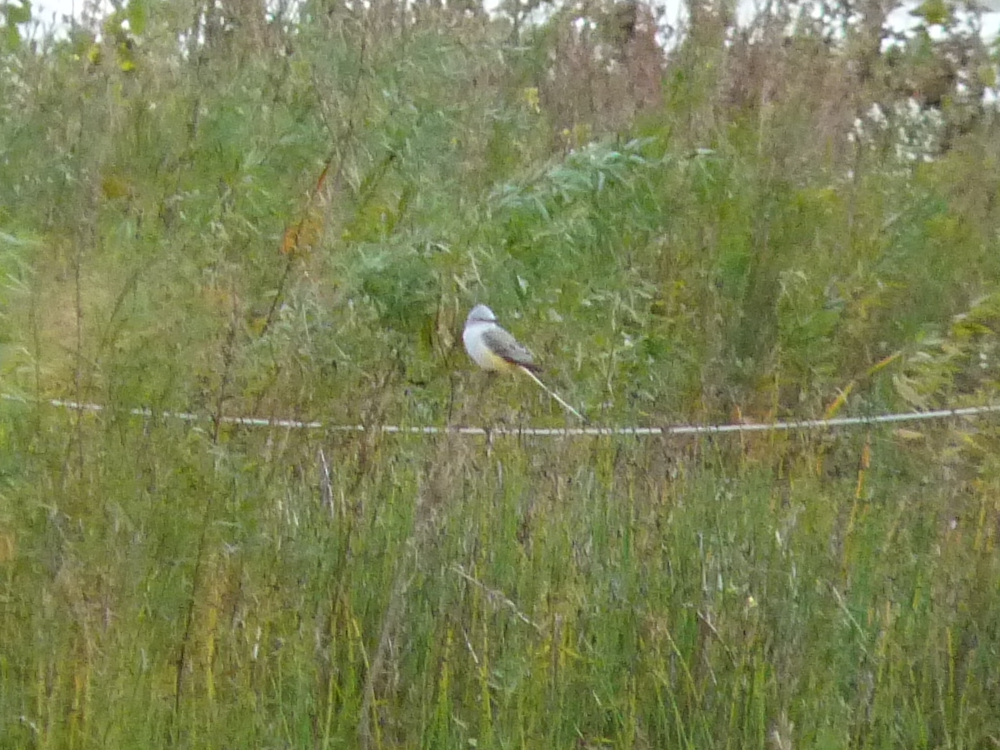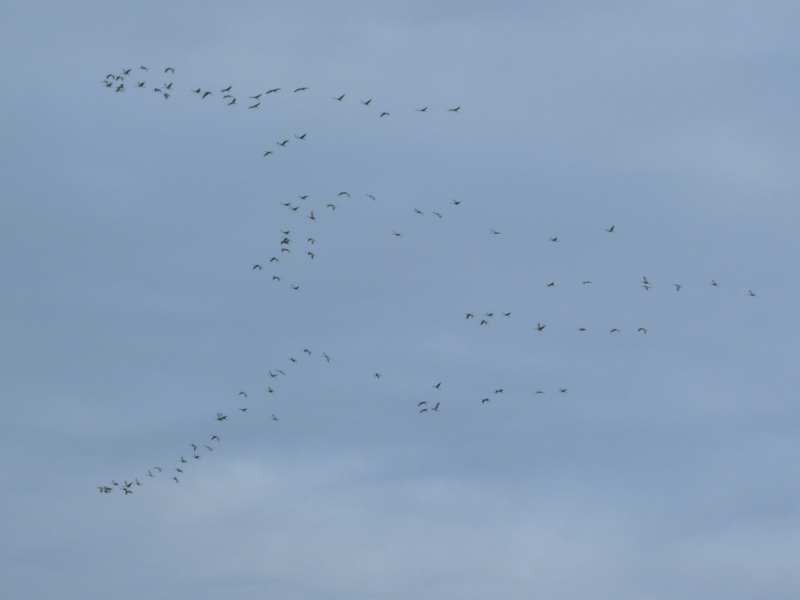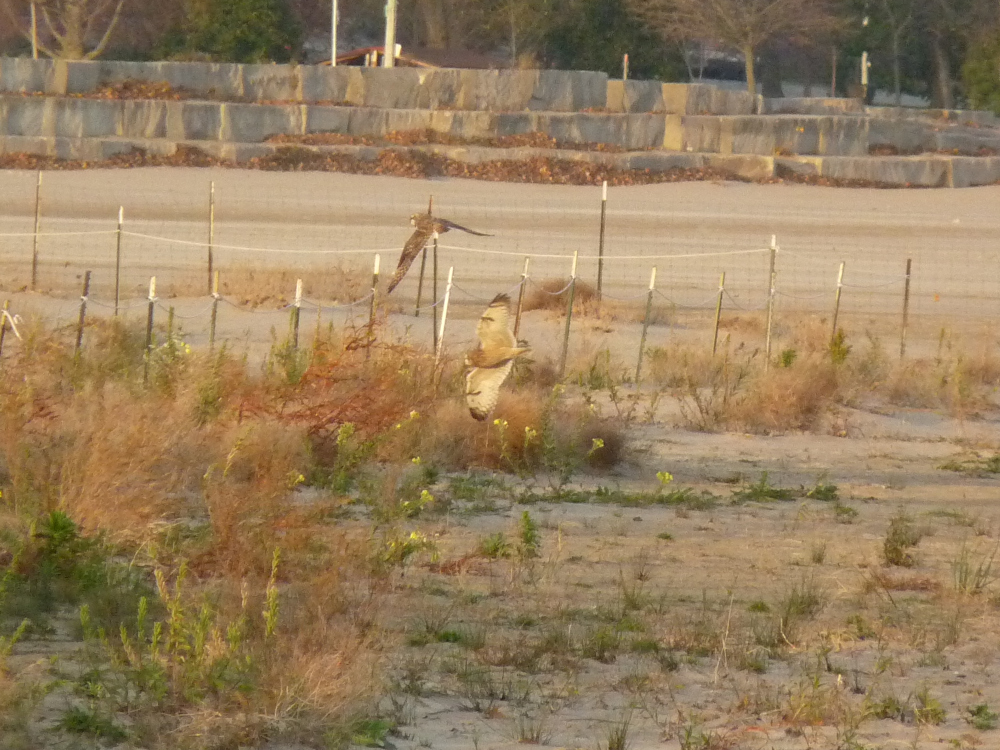Black-legged Kittiwakes are rare but regular visitors to Lake Michigan, mainly in November. On November 24, a crisply marked juvenile flew north over Lake Michigan past Montrose Point. This is the second Black-legged Kittiwake seen at Montrose this fall, the first occurring on November 4.
If you’re at Montrose, or any other place along the Chicago lakefront this November and December, pay attention to the gulls that are flying by. Most will be Herring and Ring-billed, but you may get lucky and see a Black-legged Kittiwake. Almost all of the kittiwakes we see are juveniles, and juveniles have a distinctive appearance, like someone took a black magic marker and drew a neat “M” pattern on their wings. Try a Google image search for “juvenile Black-legged Kittiwake” to see examples of this plumage.




